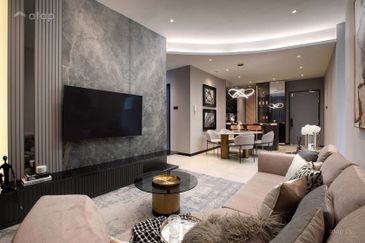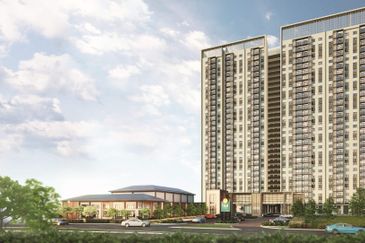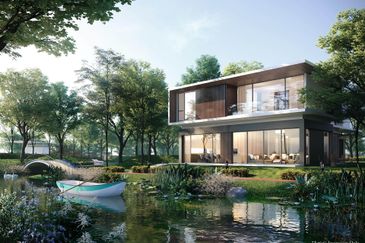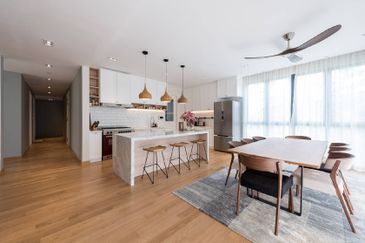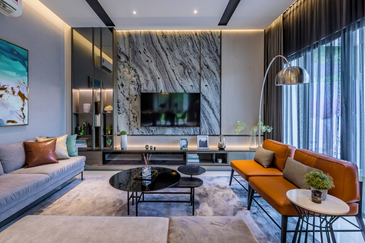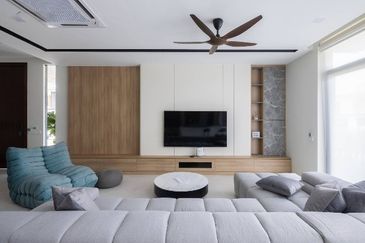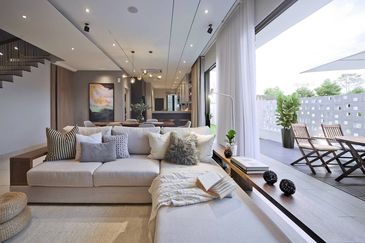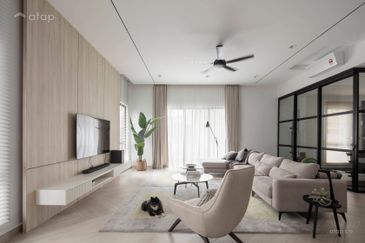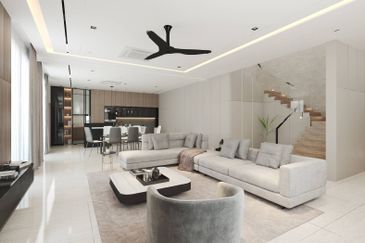
A BETTER home in the 21st century is one that provides its occupants with a better quality of life, say members of Rehda Youth, the youth wing of the Real Estate and Housing Developers’ Association (Rehda). This entails far more than the design and construction of the physical building as various intangible factors come into play.
“A home is a place where people want to live, rest and raise families. Developers want to build better homes. This is how we differentiate ourselves and build our brand,” says Carrie Fong, director of Hedgeford Sdn Bhd.
“I believe a better home leads to a better life. To build a better home, we are looking at its design and at how it integrates with its neighbourhood. The quest is to build homes in a development or township that has that X factor. This is illusive. It includes a vibrant community, a sense of responsibility for shared spaces and the environment, interpersonal connection and concern for the well-being of those living around you, and the neighbourhood spirit. Such an environment used to be prevalent in kampungs many years ago when everyone knew each other,” says Fong.
Community building addresses the problems of isolated communities. Social-isolated living is a global phenomenon, found in suburbs where foot traffic is minimal, shared amenities are few and neighbours rarely speak to each other. The consequences are cause for concern. News reports say up to one million people in the UK may not have spoken to another person in a month. An estimated five million older people living alone say their television sets are their closest companions.
Reviving the community spirit
The foundations for a strong community should be incorporated into the design of a development, says Ng Choon Keith, executive director of Kota Kelang Development Sdn Bhd. “A good township or a mixed development should provide all the components of a vibrant and cohesive community. This may be generous facilities for leisure and/or sports. It could be shared green spaces such as gardens and parks. How well all these components are designed and how they are built will influence how they knit into the fabric of existing or new communities. This provides a long-term basis for encouraging communal activity and the community spirit. In a very real way, it colours the lives of its residents every day,” he says.
After moving from a suburb where residents are disconnected and many live isolated lives, he is now enjoying the camaraderie in a tightly integrated neighbourhood with a strong sense of community. “I really feel the difference. The feeling of knowing your neighbours, of looking out for each other, is something that you don’t quite appreciate until its gone. But once you go back to living in a neighbourhood with a strong community, you will really feel and enjoy the interpersonal connections and the willingness to work together to make the neighbourhood a better place to live. There is a sense of warmth as everyone knows and looks out for each other,” he says.
A home in a neighbourhood with a strong community spirit has a clear advantage. “Community capital” — the sum of assets and benefits derived from the relationships within a community — survives for decades. This means a property will offer all its intangible benefits to the homeowner and the next few generations. It makes sustainable development even more relevant in the quest to build better homes.
Fortunately, sophisticated buyers have already recognised the importance of sustainable buildings. An increasing number of developers have started incorporating green elements into the design and construction of their projects. “A growing awareness of the need to minimise adverse effects on the environment and cost efficiencies that can be reaped by owners have led to widespread demand for green homes. Meanwhile, developers are looking to improve the sustainability of their buildings and lower their carbon footprint. I expect this trend to eventually go mainstream. While these buildings may not be certified green by a rating tool such as Rehda’s GreenRE, they will have environmentally-friendly and sustainable elements incorporated into their design and structure,” says Wong Wen Chet, managing director of GCPG Holdings Sdn Bhd.
“The construction of green buildings can be faster, and it is not necessarily more expensive. In fact, innovative building products such as green leaf bricks are cheaper although they are just as strong and durable as conventional bricks. With more developers building sustainable homes, green will eventually be the standard expected and delivered,” he adds.
Besides incorporating eco-friendly elements, Wong notes that developers are also providing a variety of community and support facilities to deliver a lifestyle that resident have come to expect.
Shahnaz Muztaza, director of Fairview group of companies, agrees that homebuyers expect developers to provide amenities, safety and conveniences. “We did a survey and asked prospective homebuyers to make a wish list of features and facilities that they would like. Most of the items on the lists turned out to be shared spaces and public open spaces.”
“As a developer, we would willingly provide a space for residents to meet, interact, exercise and relax. Amenities and features define the quality of the residential environment. It also adds to a sense of identity for the neighbourhood, helps to create the community spirit and can improve the image of a development and/or an area.”
The challenge, she adds, is in maintaining these shared facilities. Maintaining communal spaces incurs upkeep costs and requires those who utilise the facilities to have a sense of responsibility. “All developments require long-term, high-quality maintenance. Residents need to care for the communal assets. Homebuyers who spend most of their growing years in suburbs with few amenities and little interaction among residents need to develop a greater sense of community if they want access to shared facilities. This includes taking care of the environment and facilities outside your home. For some, it requires a mindset shift. All aspiring house buyers should read the sale and purchase agreement. Once they are aware that facilities and amenities are to be shared with their neighbourhoods, they should prepare themselves for this social responsibility,” says Shanaz.
Chan Kin-Meng, CEO of Beneton Properties, believes communal living requires a willingness to share and to be responsible for the well-being of your neighbourhood. “About 30 to 40 years ago, we lived in wonderful neighbourhoods with strong communities. Now, a number of urbanites are living in condominiums and using shared facilities, but the communal mindset may not be there. Some don’t even pay for the maintenance of these facilities. This is a dichotomy. How can you want facilities and shared spaces but not maintain them? The thinking should be, if you want communal space and good facilities, then you need to take care of them and be willing to pay for their maintenance,” says Chan.
However, once a strong sense of community thrives, the neighbourhood stands to improve as homeowners and developer will naturally look to do more to improve the quality of life.
For Hedgeford’s Fong, “There is so much that developers want to do. Building a strong community in our development not only benefits the people who live there. The developer starts to build a brand that stands apart and is able to command premium pricing. A strong community has a direct relationship with property prices. If there is a strong community, a link house in that neighbourhood can be sold for millions while similar units in other areas transact at much lower prices.
“We are looking to inculcate civic-mindedness among homeowners in our developments but it takes a long time. I find that social graciousness and civic responsibility just inch along. Nevertheless, homebuyers are very smart and exposed and I expect that things will change because everyone wants to live in a friendly, caring neighbourhood where we look out for each other,” she adds.
Option A or option B?
Having the option to customise your property also makes for a better home in these times. “In the early 1900s, Henry Ford msaid: ‘You can have the (Ford) Model T in any colour as long as it is black’. But progress and competition have led to a completely different situation now,” says Chan of Beneton Properties.
“These days, property buyers should be given the flexibility to personalise their home when they buy it. Do they want it fitted out? If so, which package? Do they want it empty? To run a sustainable business, developers must meet their customer’s needs and wishes. This naturally makes for a better home.”
Robust competition among developers, he adds, bodes well for home buyers. “You can see a difference in countries that have only a few property developers. There isn’t much innovation and customers rarely have options. Here, it is not like Henry Ford’s days when black was the only option for the Model T. There are many developers here. Developments take years, so genuine developers have to be prepared for the long haul. This means we need to keep meeting the needs of our customers, including providing a high-quality finished home that works best for them,” he sums up.
This article first appeared in the Special Report Mapex Property Showcase, of TheEdgeProperty.com, on May 6, 2016. Download free copies of TheEdgeProperty.com here.
TOP PICKS BY EDGEPROP
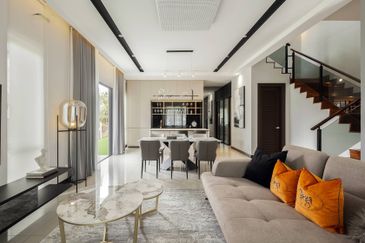
Bandar Puncak Alam
Bandar Puncak Alam, Selangor
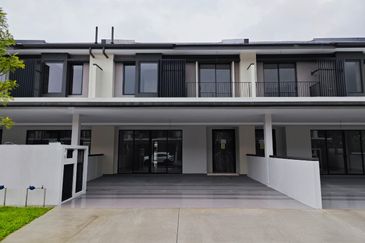
Elemen Residences @ Tropicana Aman
Telok Panglima Garang, Selangor

Cheria Residences, Tropicana Aman
Telok Panglima Garang, Selangor
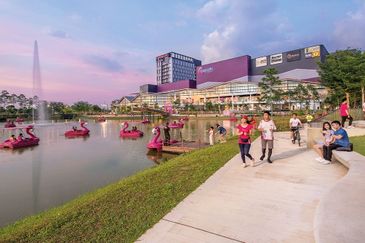
Luxura Residence @ twentyfive.7
Kota Kemuning, Selangor


